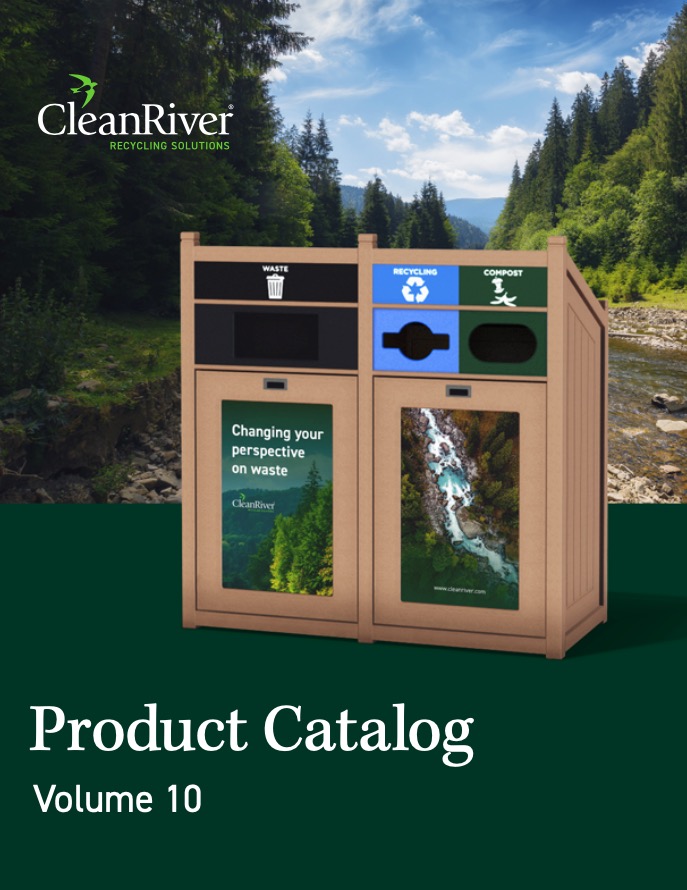Share
CleanRiver has over 30 years of commercial recycling experience providing recycling programs and recycling solutions for offices, residential buildings, and more. We’ll be telling you where to drop off electronic waste, where to dispose of electronics, and how to recycle electronic waste.
But first, you need to understand what e-waste is, and why it’s a problem:
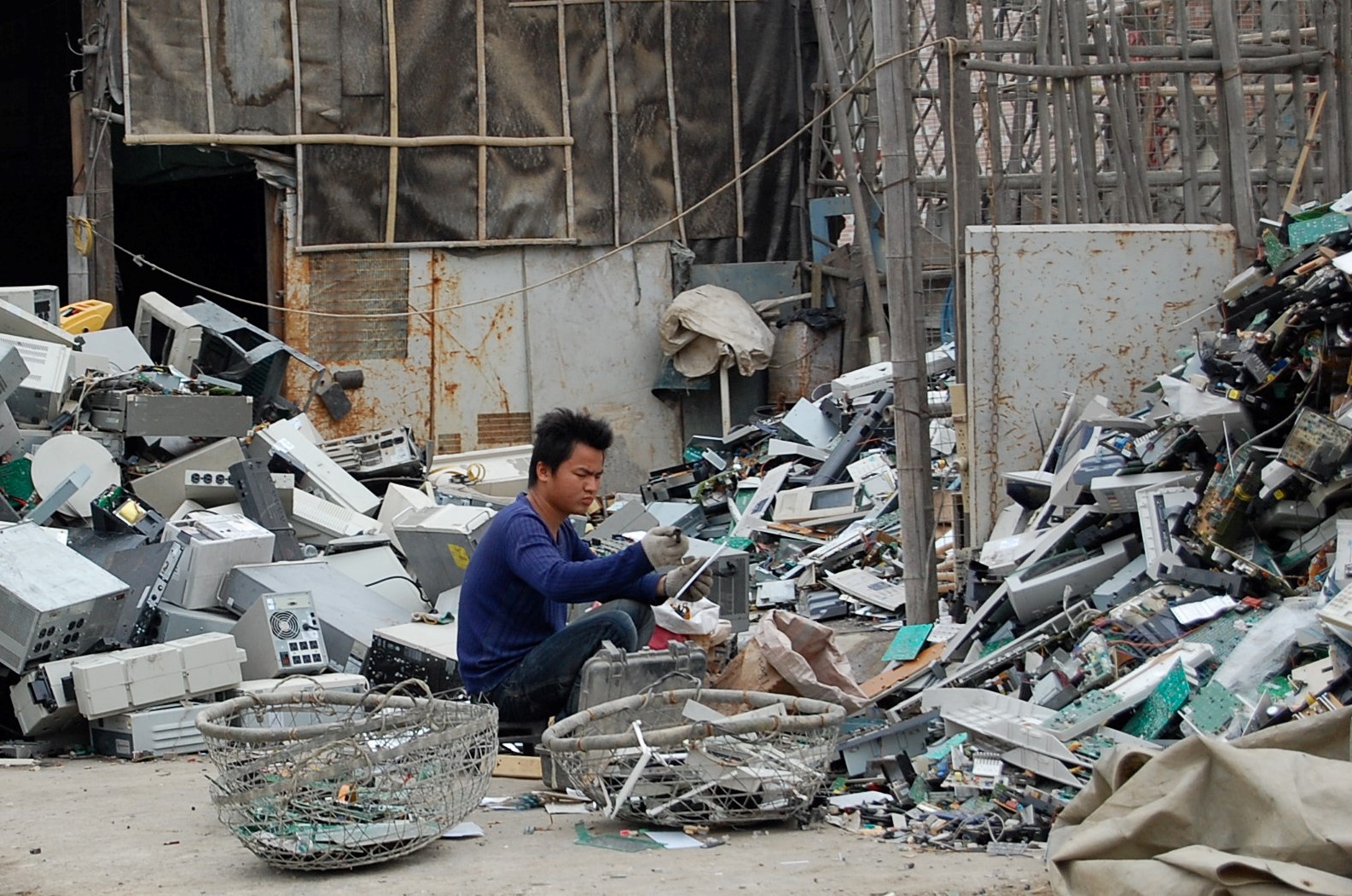
What is E-Waste?
As technology evolves and obsolete electronic products need to be replaced, most people don’t know what to do with electronic waste. Or more often than not, people throw out e-waste because they weren’t aware that it is classified as such and requires different disposal methods.
Common e-waste:
- Cell phones
- Computers
- Televisions
- Video Game Consoles
- Printers
- Stereos
- Microwaves
- Etc.
Less common e-waste:
- Diabetic Testing Equipment
- Defibrillators
- Treadmills
- Massage Chairs
- Smart Watches
- Autoclaves
- Microphones
- Etc.
And this just barely scratches the surface of what can be defined as electronic waste. Even old cords and cables can be considered e-waste.
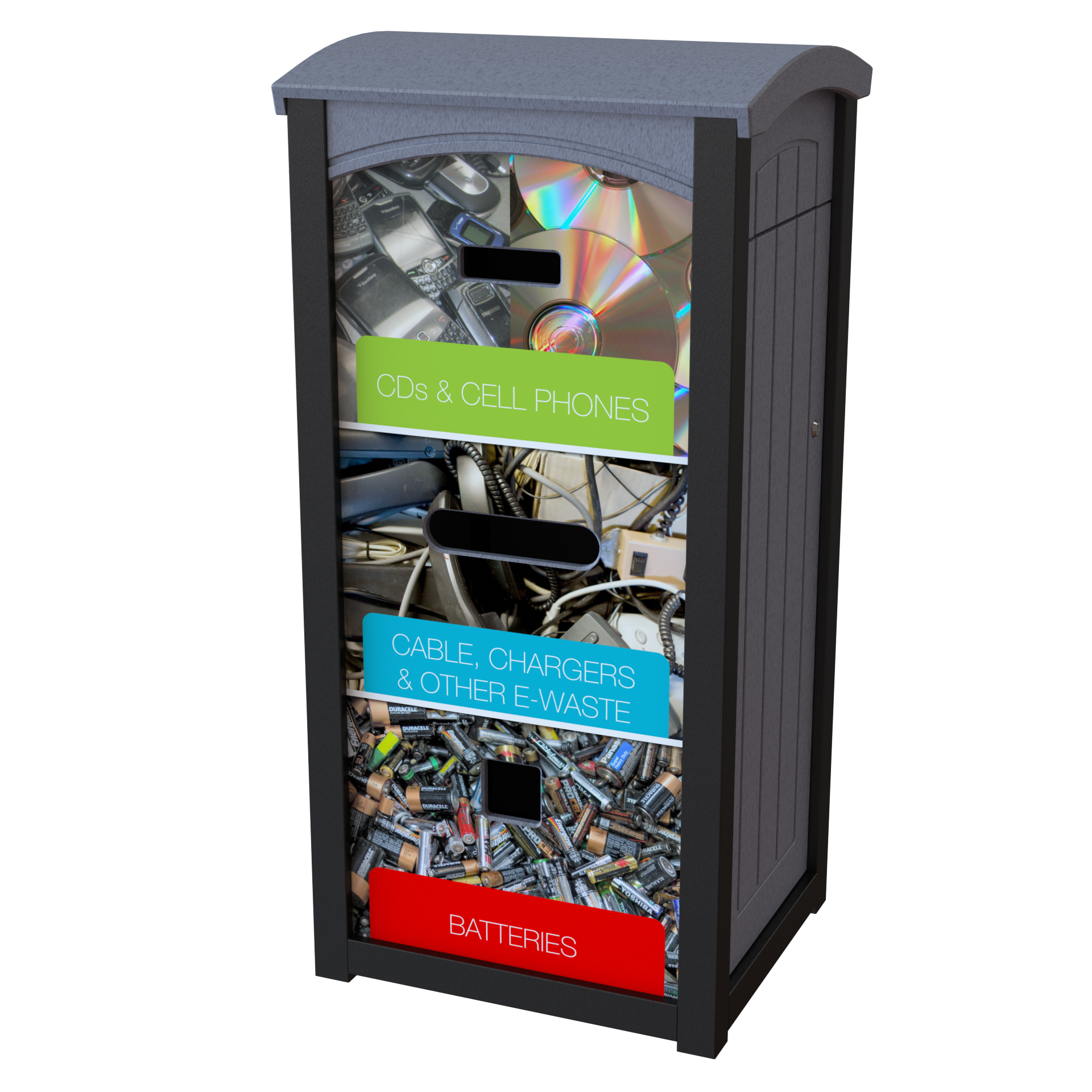
Why is E-Waste a Problem?
Technological advances are being made at such a fast pace that a lot of electronic devices that still work fine are considered unusable. This creates a greater need to mine for new metals and materials to replace existing products with slightly improved or upgrades versions of the same device.
Fortunately, recycling e-waste serves a lot of useful purposes. One benefit is the prevention of the toxic materials found in most electronic waste from leaching into the groundwater below landfills. (70% of toxic chemicals in landfills are found inside discarded electronics).
How to Recycle Electronic Waste
Virtually all e-waste contains some form of recyclable material. It’s ironic that we even call it “e-waste” because most of it is not waste at all. The challenge is to get people to recognize this and increase electronic recycling waste. At the moment only 20% of our discarded electronics get recycled.

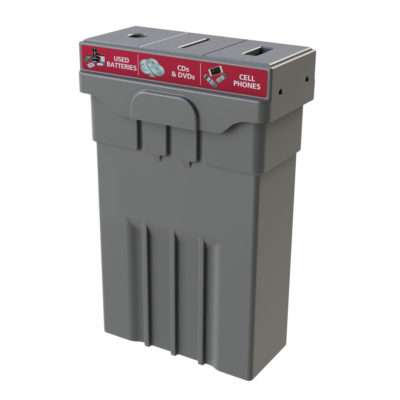
Where to Dispose of Electronic Waste
Most local recycling facilities in North America accept electronic waste that is either recycled on-site or shipped out to facilities that can process e-waste. Larger facilities use shredders and magnets to separate the various materials found in our old electronics which get organized into their respective categories such as:
- Metal
- Plastic
- Glass
- Wiring
- Etc.
Which then can be sent off to be further processed for repurposing at other facilities that deal with scrap e-waste materials.
Smaller electronic recycling facilities in North America employ people to take e-waste apart safely with various tools which then get sorted by hand. Unfortunately, it is more common for this e-waste to be shipped off to Southeast Asia where workers dismantle electronics in unsafe conditions that can be potentially harmful to the workers and the environment. Like most things, this is due to the increased cost of recycling e-waste in North America compared to Asia. This is precisely why larger recycling centers use shredders because it is the only cost-effective way to recycle e-waste in North America.
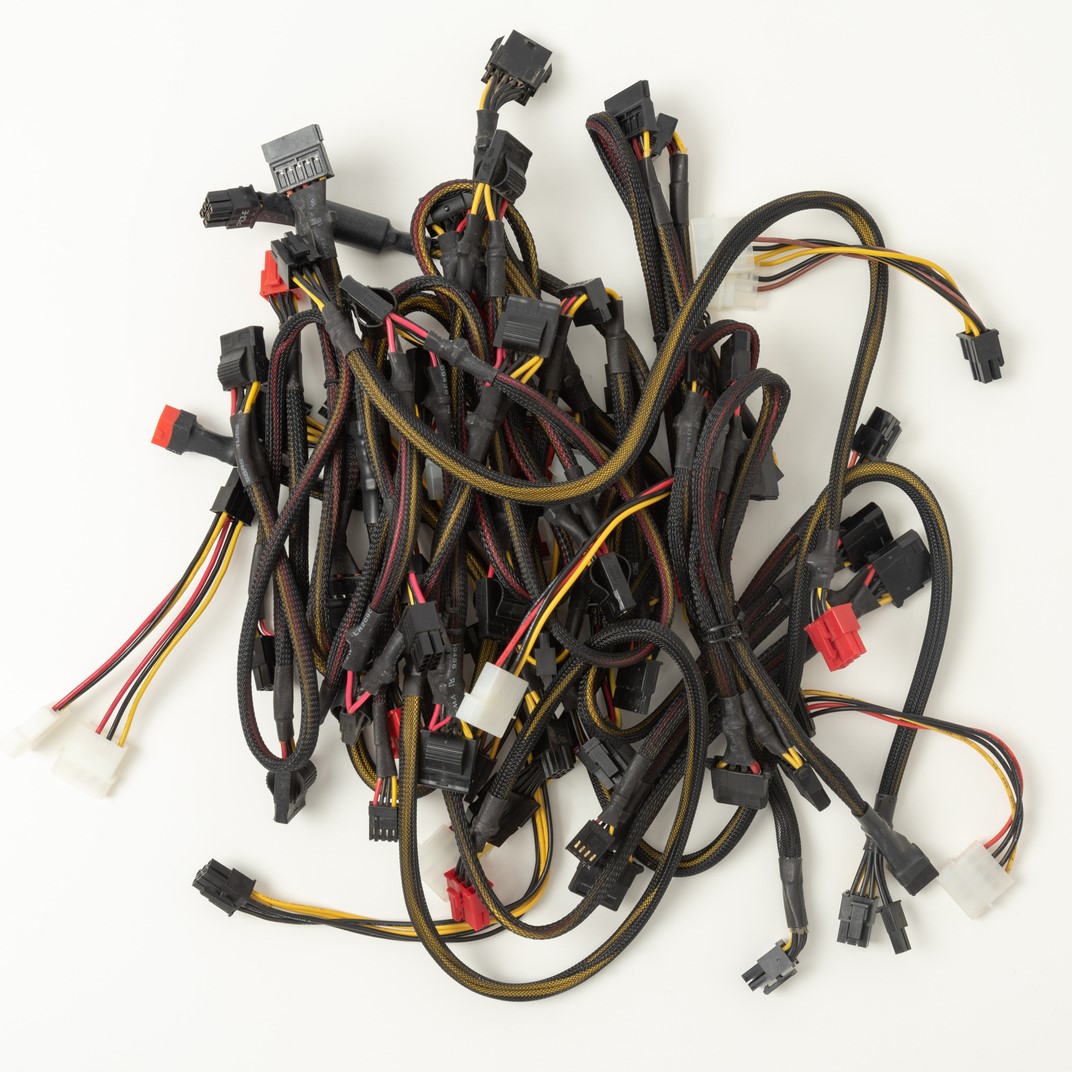
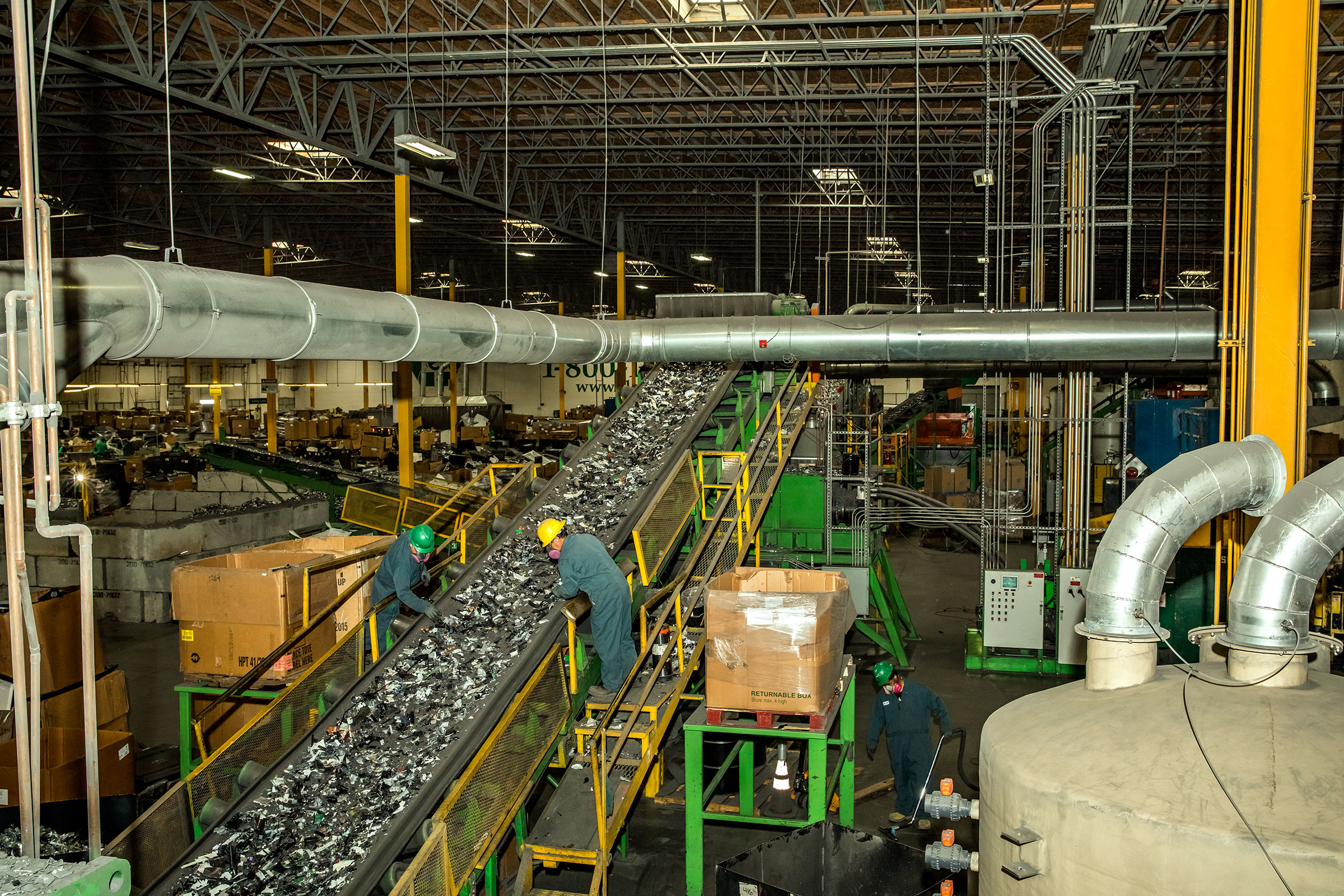
Where to Drop off Electronic Waste
If you don’t have a good e-waste recycler nearby (often referred to as “E-Stewards”) then you can drop off electronic waste at retail stores such as Staples and Best Buy. Staples stores have a free recycling program that partners with an e-Steward recycler. Office supply stores even recycle ink cartridges and will offer back $2 per cartridge. If you have bigger stuff that Staples won’t take (like TVs), you can take them to any Best Buy which also has a commercial recycling program in place.
What to Do with Electronic Waste
What should we do with our old electronics that we don’t want to recycle? Here are some options that you can consider:
- Pass them on for reuse
- Donate them to a local charity
- Sell them
- Learn to fix broken electronics yourself
You never know who might still find value in some of our old electronics, don’t hesitate to donate or sell your e-waste if it still works. Other people can still get lots of use out of tech products that you no longer have any need for. If it is broken, that presents an even better opportunity to learn something new. Rather than recycling it right away, you could see if there are online guides on how to fix your electronics. Saving you money buying a new device and giving you a confidence boost in your ability to repair broken gadgets.
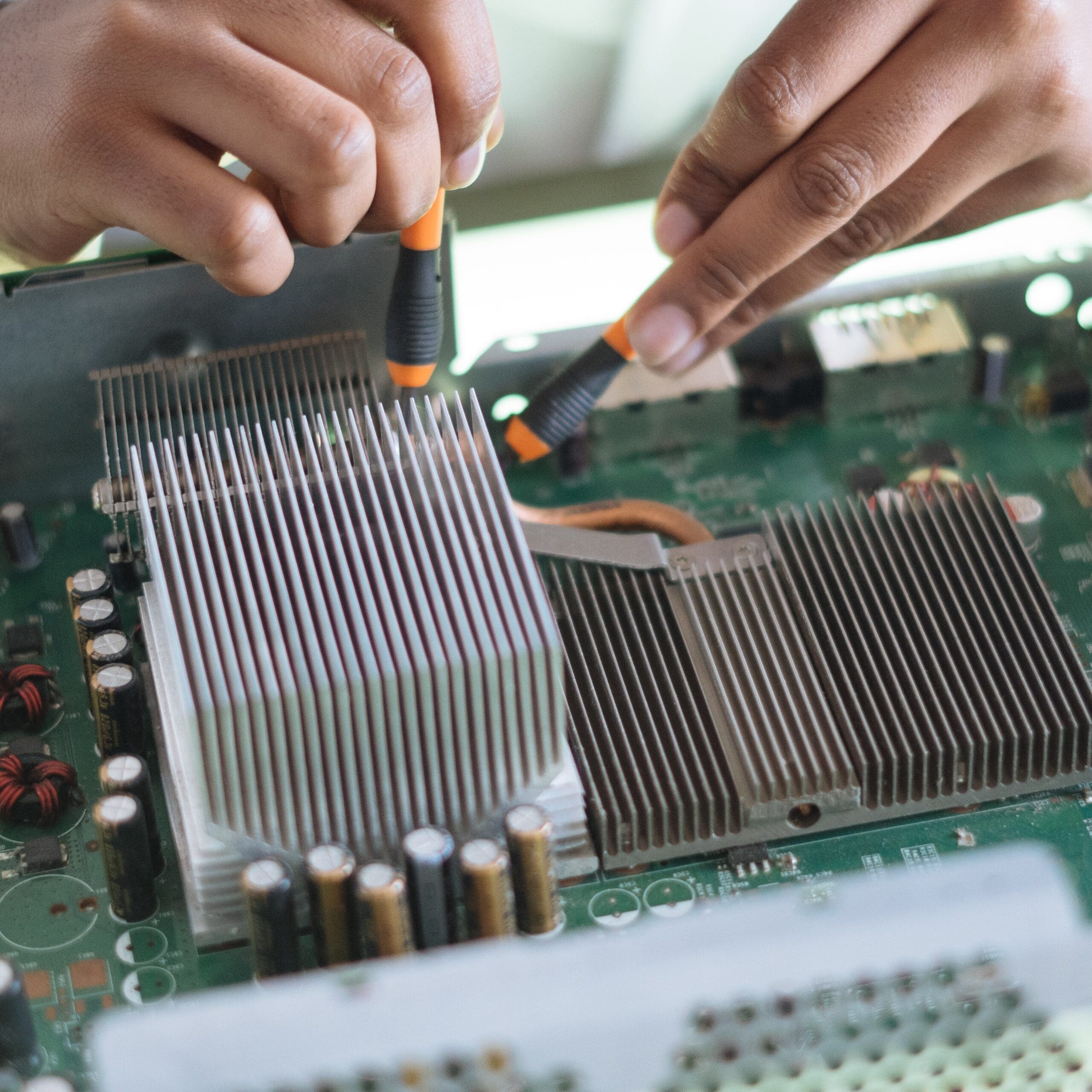
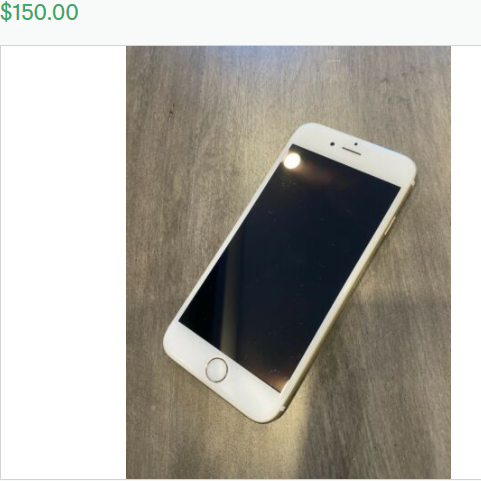
Electronic Waste Disposal Conclusion:
While it’s impossible to salvage everything from our old electronics, we can still do our best to maximize the use they get and minimize the impact on the environment. Try setting up an e-waste office recycling program at work. Or a commercial recycling program for e-waste at your local mall or retail store. The more effort we put into e-waste recycling, the better the outcome for everyone.
__________________________________________________________________________________________
Looking for more e-waste recycling solutions? Check out these other posts:
- 4 Simple Secrets To Totally Rock Your E-Waste Recycling Program
- How to Safely Dispose of Or Recycle Lithium-Ion Batteries
- Emerging Trends: Electronic Waste
- Is Recycling Good for the Environment? The Top 5 Impacts of Recycling
CleanRiver Recycling provides a variety of innovative, flexible, and customizable recycling solutions. To determine the right solution to meet your needs, use the CleanRiver product selector.
If you have additional questions that weren’t answered in this blog post please call us at 1-866-479-4038 or email solutions@cleanriver.com.


